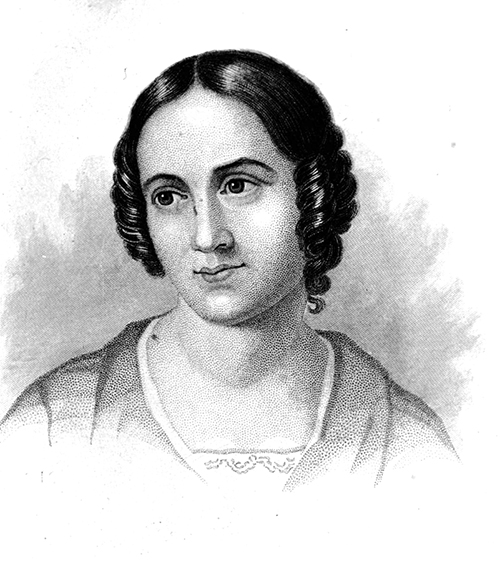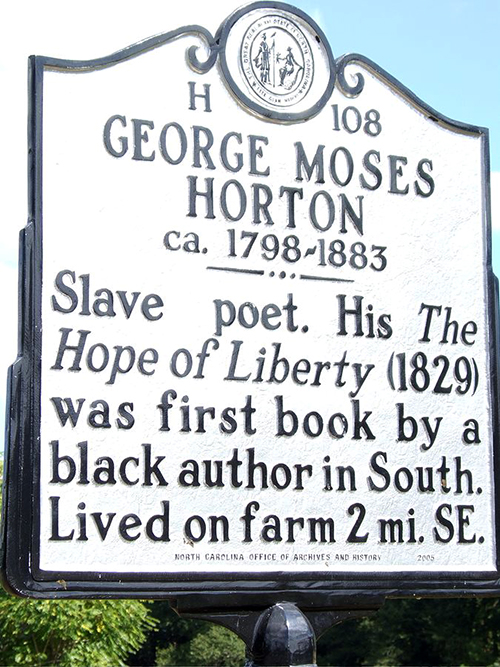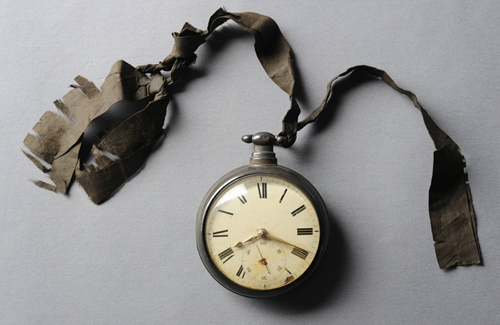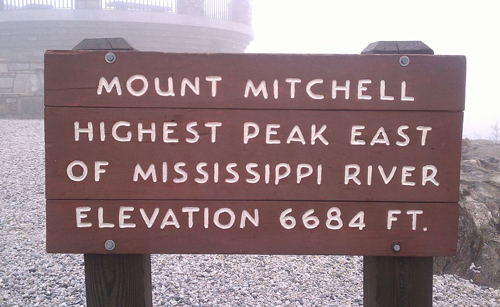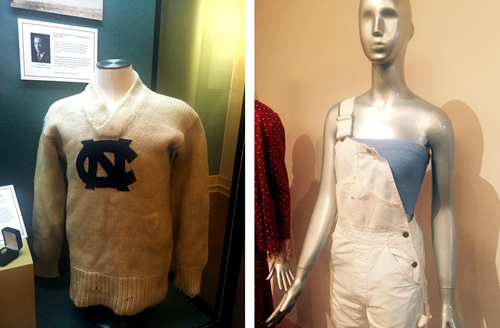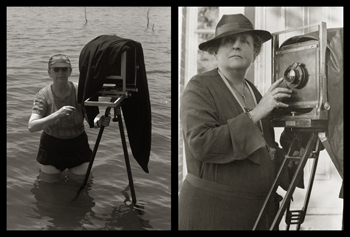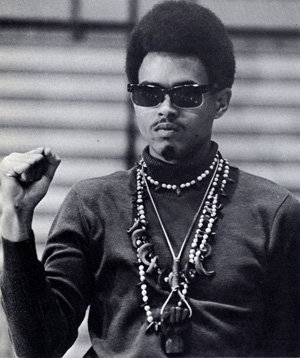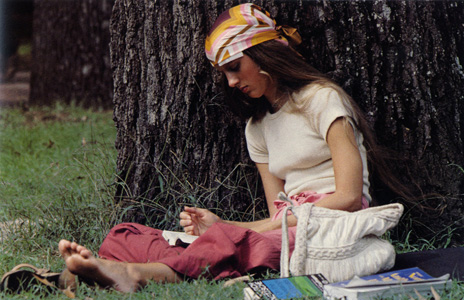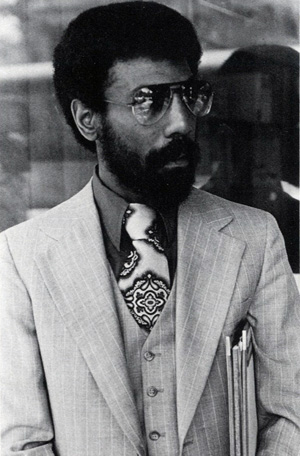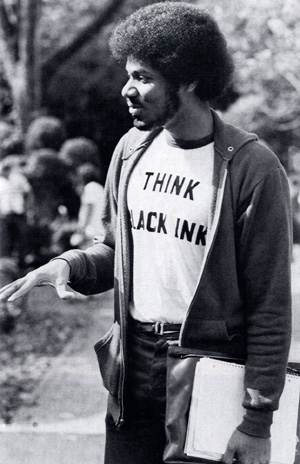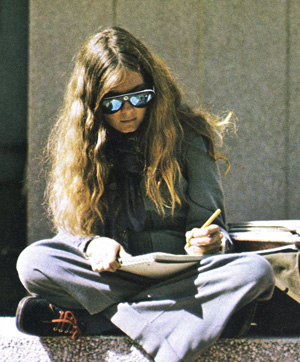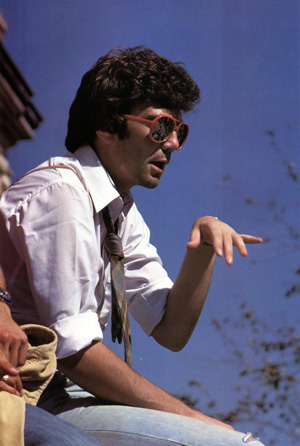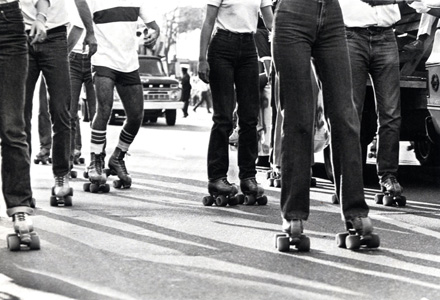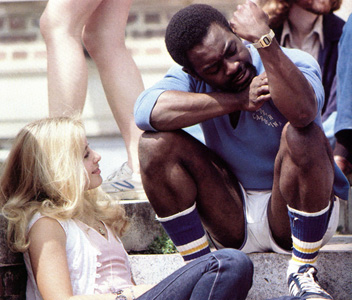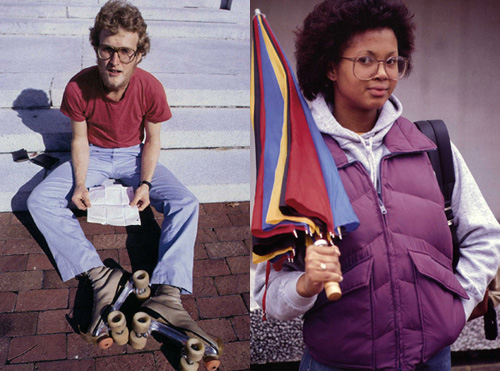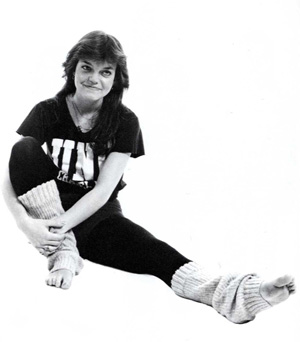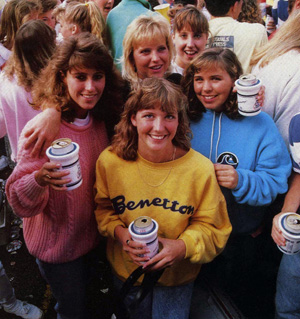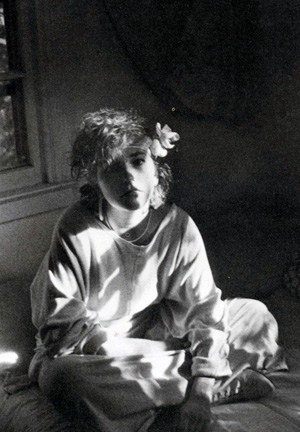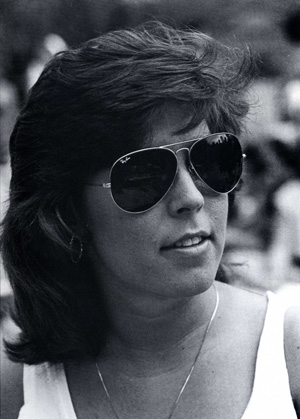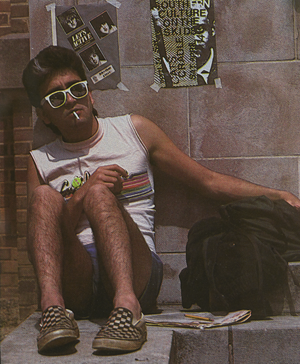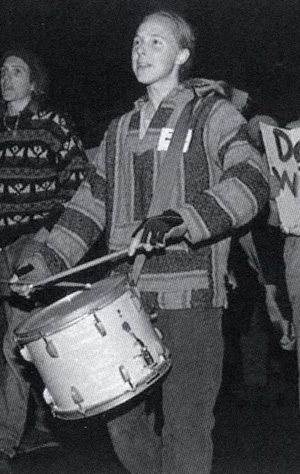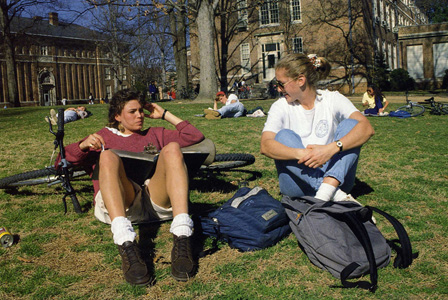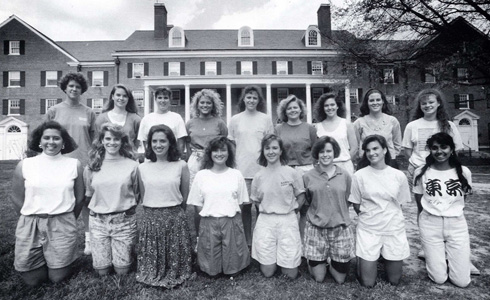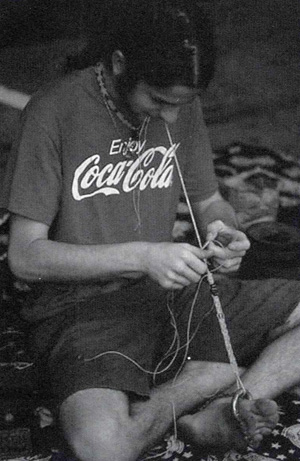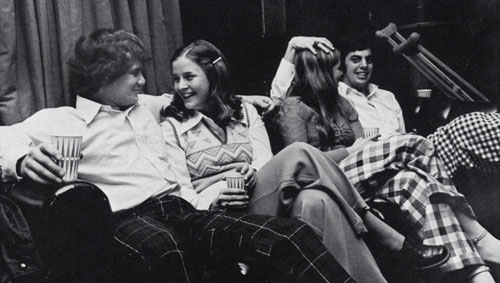Set in the Southern Part of Heaven: Chapel Hill Through Authors’ Eyes
North Carolina Collection Gallery, Wilson Special Collections Library, UNC Chapel Hill
June 20 – Oct. 2, 2016
Bibliography of works included in the exhibition:
Adams, Alice. Careless Love. New York, N.Y.: New American Library, 1967.
Athas, Daphne. Entering Ephesus. Sag Harbor, NY: Second Chance Press, 1991.
Bache, Ellyn. The Activist’s Daughter. [Uncorrected proof]. Duluth, Minn.: Spinsters Ink, 1997.
Battle, Kemp P. History of the University of North Carolina. Reprint Co., 1974.
Betts, Doris. Souls Raised from the Dead : a Novel. 1st ed. New York: Knopf, 1994.
Blythe, Will. To Hate Like This Is to Be Happy Forever : a Thoroughly Obsessive, Intermittently Uplifting, and Occasionally Unbiased Account of the Duke-North Carolina Basketball Rivalry. New York: Harper, 2007.
Brown, Nic. Doubles : a Novel. Berkeley: Counterpoint, 2010.
Correll, Jon. The Sparks Fly Upward. Portland, Oregon: Inkwater Press, 2013.
Deford, Frank. Everybody’s all-American. 1st Da Capo Press ed. Cambridge, Mass.: Da Capo Press, 2004.
Diary entry from Karen L. Parker, Collection #5275, Southern Historical Collection, The Wilson Library, University of North Carolina at Chapel Hill.
Ehle, John. Move over, Mountain. 1st ed., 50th anniversary ed. Winston-Salem, N.C.: Press 53, 2007.
Fahy, Thomas Richard. Night Visions. 1st ed. New York, NY: Dark Alley, 2004.
Fox, Missy Julian. Goodnight Carolina. Carrboro, N.C.: McDonald & Associates, 2012.
Freymann-Weyr, Garret. Pretty Girls : a Novel. 1st ed. New York: Crown, 1988.
Fuller, Edwin W. Sea-gift : a Novel. North Carolina?: G. H. Dortch, 1940.
Green, Paul. Dog on the Sun : a Volume of Stories. Chapel Hill: University of North Carolina Press, 1949.
Hawkins, Jeremy. The Last Days of Video : a Novel. Berkeley: Soft Skull Press, an imprint of Counterpoint Press, 2015.
Link, Phil. Another Time : a Fictional Story of the Truth About Fraternities at Chapel Hill in the 30’s. Greensboro, N.C.: Carolina Cerulean Books, 1990.
McConnaughey, James. Village Chronicle. New York: Farrar & Rinehart, 1936.
Mebane, Mary E. Mary, Wayfarer : an Autobiography. Chapel Hill: University of North Carolina Press, 1999.
Moore, John W. The Heirs of St. Kilda : a Story of the Southern Past. Raleigh: Edwards, Broughton, 1881.
Morgan, Diana. Chapel Hill. Warner Books ed. New York: Warner Books, 1992.
Pahlow, Gertrude. Cabin in the Pines. Philadelphia: Penn Pub., 1935.
Patterson, James. Kiss the Girls : a Novel. 1st ed. Boston: Little, Brown, 1995.
Poem by George Moses Horton, Collection #4799-z, Southern Historical Collection, The Wilson Library, University of North Carolina at Chapel Hill.
Prince, William Meade. The Southern Part of Heaven. Chapel Hill: University of North Carolina Press, 1969.
Rochelle, Larry. Back to the Rat. Chapel Hill, North Carolina: [Larry Rochelle], 2013.
Rochelle, Warren. The Called. 1st ed. Urbana, IL: Golden Gryphon Press, 2010.
Ruark, Robert Chester. Poor No More. Corgi ed. London: Corgi Books, 1968.
Scott, Joanna C. Child of the South. Berkley trade pbk. ed. New York: Berkley Books, 2009.
Vining, Elizabeth Gray. Jane Hope. New York: Viking Press, 1947.
Watkins, Graham. Dark Winds. Berkley ed. New York: Berkley Books, 1989.
Weinholtz, Donn. Carolina Blue : a Novella. Hartford, Connecticut: Full Media Services, 2012.
Wolfe, Thomas. Look Homeward, Angel : a Story of the Buried Life. New York: Scribner’s, 1929.





